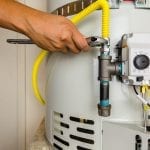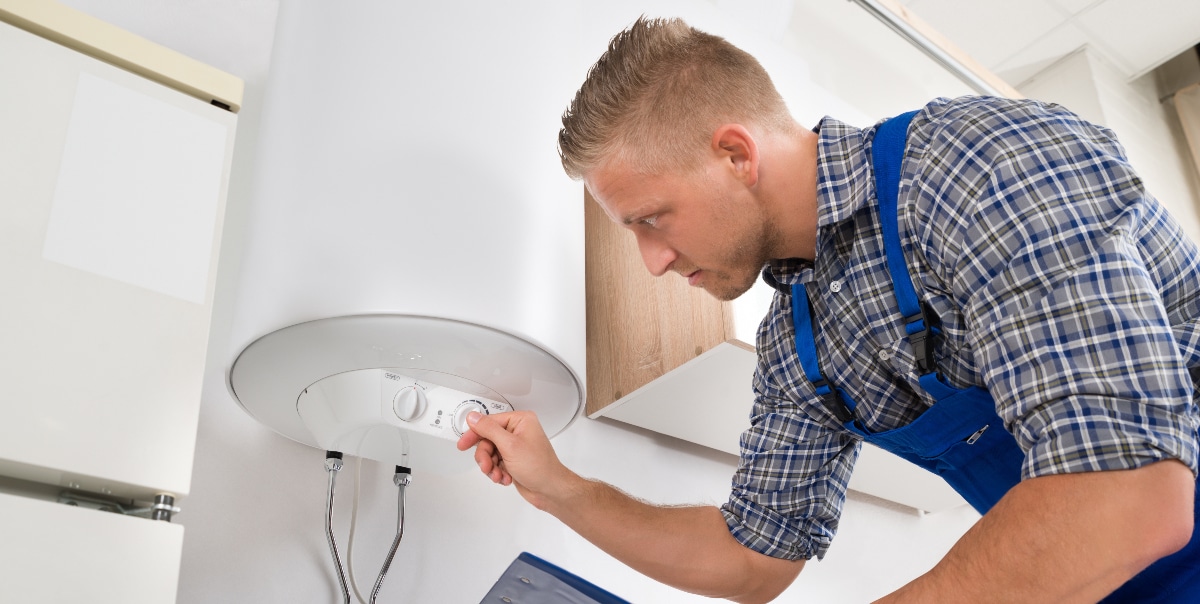Effective Techniques for Caring for Your Home's Hot Water System
Effective Techniques for Caring for Your Home's Hot Water System
Blog Article
Each person has got their own conception when it comes to Tips on Maintaining a Water Heater.

Hot water is important for daily comfort, whether it's for a rejuvenating shower or washing recipes. To guarantee your warm water system runs effectively and lasts longer, regular upkeep is vital. This article gives functional suggestions and insights on how to keep your home's hot water system to prevent disruptions and pricey fixings.
Intro
Maintaining your home's warm water system might seem daunting, yet with a few straightforward steps, you can ensure it runs smoothly for several years to find. This overview covers everything from recognizing your hot water system to DIY maintenance pointers and recognizing when to call professional assistance.
Relevance of Preserving Your Warm Water System
Normal maintenance not just prolongs the life expectancy of your hot water system but additionally guarantees it operates effectively. Neglecting upkeep can cause lowered efficiency, higher power bills, and even premature failure of the system.
Indicators Your Hot Water System Demands Upkeep
Recognizing when your hot water system requires interest can avoid significant concerns. Watch out for indicators such as inconsistent water temperature, strange sounds from the heating unit, or corroded water.
Recognizing Your Hot Water System
Prior to diving into upkeep jobs, it's useful to understand the basic elements of your hot water system. Commonly, this consists of the hot water heater itself, pipes, anode poles, and temperature controls.
Monthly Maintenance Tasks
Regular monthly checks can help capture small issues prior to they intensify.
Purging the Water Heater
Purging your water heater removes sediment accumulation, boosting performance and extending its life.
Monitoring and Changing Anode Rods
Anode poles stop rust inside the container. Inspecting and changing them when worn out is essential.
Evaluating and Adjusting Temperature Settings
Readjusting the temperature setups guarantees optimal performance and security.
DIY Tips for Upkeep
You can execute a number of upkeep jobs yourself to maintain your hot water system in leading condition.
Checking for Leaks
Routinely examine pipes and connections for leaks, as these can lead to water damages and greater bills.
Examining Pressure Relief Valves
Evaluating the pressure safety valve guarantees it operates appropriately and stops extreme pressure buildup.
Insulating Pipelines
Shielding hot water pipes reduces heat loss and can conserve energy.
When to Call an Expert
While DIY maintenance is valuable, some concerns need expert competence.
Complicated Issues Requiring Specialist Assistance
Instances include major leakages, electrical problems, or if your hot water heater is regularly underperforming.
Routine Professional Upkeep Perks
Expert maintenance can consist of thorough evaluations, tune-ups, and ensuring conformity with safety and security requirements.
Conclusion
Normal upkeep of your home's hot water system is crucial for effectiveness, durability, and cost financial savings. By complying with these tips and recognizing when to seek specialist assistance, you can ensure a reputable supply of hot water without unexpected disruptions.
How to Maintain an Instant Hot Water Heater
Before tinkering with your hot water heater, make sure that it’s not powered on. You also have to turn off the main circuit breaker and shut off the main gas line to prevent accidents. Also turn off the water valves connected to your unit to prevent water from flowing into and out of the appliance. 2. When you’re done, you have to detach the purge valves’ caps. These look like the letter “T†and are situated on either side of the water valves. Doing so will release any pressure that has accumulated inside the valves while at the same time avoid hot water from shooting out and burning your skin. 3. When the purge valves’ caps are removed, you have to connect your hosing lines to the valves. Your unit should have come with three hoses but if it didn’t, you can purchase these things from any hardware or home repair shops. You can also get them from retail stores that sell water heating systems. Read the user’s manual and follow it to complete this task properly. When the hosing lines are connected, open the purge port’s valves. 4. You should never use harsh chemical cleaners or solutions when cleaning your unit. Make use of white vinegar instead. It should be undiluted and you’ll probably use about 2 gallons. 5. Now flush your water heater. This task should probably take about 40 minutes. We can’t give you specific directions for this because the procedure is carried out depending on the type, model and brand of your heater. With that being said, refer to the user’s manual. 6. When you’re done draining the unit, you have to turn off the purge port valves again. Remove the hosing lines that you earlier installed on each of the water valves. Put the valve caps (purge port) back in their respective places and be very careful so as not to damage the rubber discs that are found inside these caps. 7. Now that everything’s back in place, check your user’s manual again to find out how to reactivate your water heating system. 8. Once it is working, turn one of your hot water faucets on just to let air pass through the heater’s water supply pipes. Leave the tap on until water flows smoothly out of it. https://www.orrplumbing.com/blog/2014/september/how-to-maintain-an-instant-hot-water-heater/

We are very excited about How to Maintain Your Water Heater & Prolong its Life and I'm hoping you enjoyed my piece. Sharing is caring. You just don't know, you may be helping someone out. Thank you for taking the time to read it.
Visit Website Report this page